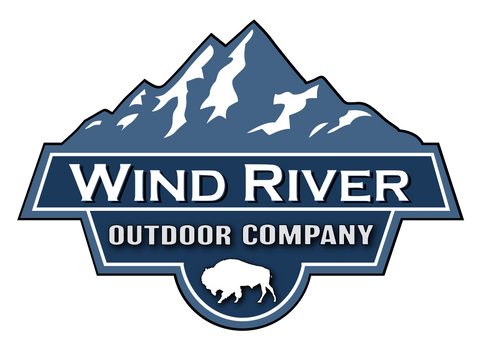Four (Often Overlooked) Health Benefits of Wild Game

Many of us crave the 4AM alarm clock during the fall and winter months, for we know that the day will be filled with adventure and a chance to put some meat in the freezer. We spend the year getting in shape, honing our shooting and stalking skills, and having every tool known to mankind. However, it could be argued that an even more visceral reason hit to the field is to fill that freezer with the highest quality protein sources available because, in the end, that is what the hunting season is all about - food. Below are 4 key reasons that wild game is healthier than our traditional protein sources: beef, chicken, and pork. Simply put, wild game should be on your menu if you're looking for a new level of healthy protein.
Leaner
Fat is vital for our bodies to function, and it should be noted that fat is not necessarily bad. However, too much fat in a conventional American diet can tip the scales to the unhealthy side. Wild game is naturally very lean due to the lifestyle they live. These animals don't live in a feedlot – they are out there surviving off what the land provides. A study conducted by Penn State shows a 3.5 ounce cut of beef has 2.7 grams of fat. Meanwhile, an identical amount of whitetail deer contains 1.4 grams. That is almost 50% less fat with just as much protein!
The Right Fat
As stated above, the human body needs fat to survive. However, the type of fat being consumed is a more significant factor than many Americans would assume. Specific fats are critical to developing and maintaining a healthy lifestyle. The "good fats" are Omega 3 and Omega 6 type fats….in the proper ratio. Omega 6 fats are found in nuts and conventional grain-fed cattle, pork, and chicken. Omega 3 fats are found in wild fish and game, soybeans, and tofu. The problem is that the modern diet contains too much Omega 6 and not enough Omega 3 fats. Beef can have a ratio of 13 to 1 Omega 6 to Omega 3. Wild game meat has a much lower ratio – down around 3 to 1. Research shows that eating protein sources that balance this ratio lowers cholesterol and decreases cardiovascular disease and strokes. Don't get me wrong – I love a great Angus Rib Eye, but just consume in moderation and get as much wild game in your diet as possible to balance out the Omega 6/Omega 3 ratio.
Hormone Free
Wild game is just as the name states – wild. Conventional protein sources are frequently given hormones to increase growth and add weight beyond what can naturally occur. The hormones don't just magically leave the animal in a blink of an eye, and the question is – what does that do to us when we eat them? Many scoff at this notion, but it should be a discussion point for those who want or need to know their food.
Taste
The taste of wild game spans the palate. From the rich, robust, and deep flavor of a Canadian Goose breast to a mild cut of venison tenderloin, wild game has just about any taste someone is looking for…..or not looking for. Remember, how you treat the game in the field has a significant impact on the end result on the table so go to the field prepared to maximize the palatability of your harvest. Any harvest should be immediately cleaned thoroughly and cooled. People often roll their noses at Pronghorn Antelope, but this is one of the finest cuts of meat around…..when treated with care and respect from the time of the harvest to the table. Again, go prepared to quickly harvest, clean, and cool your game, and you will be shocked at the high-quality protein that you put on the menu for your friends, family, and guests!
Links:
Penn State Article: Fat and Cholesterol Content Of Wild Game
- Ron Hansen

Comments 0